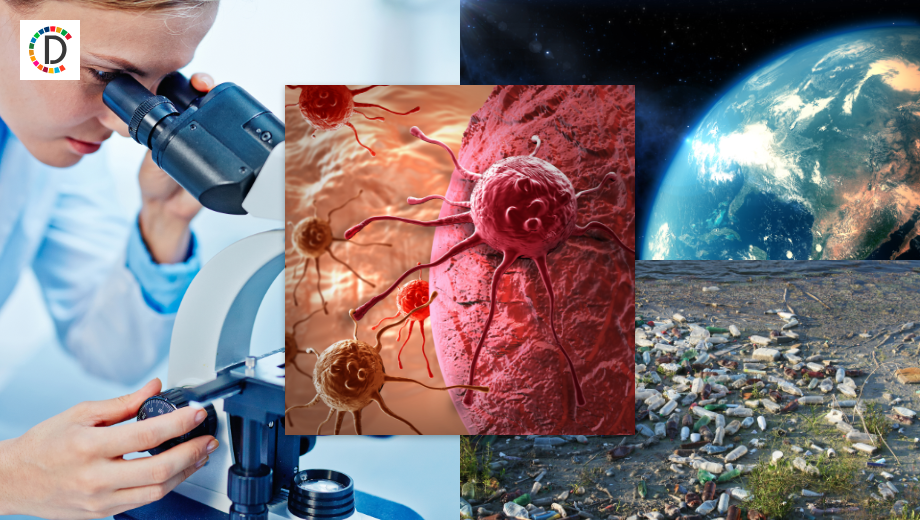Cracking the Code: Enzyme from Cow's Gut Targets Biofilm Barriers
Scientists at the Indian Institute of Science have developed a groundbreaking method to disrupt protective biofilms in bacteria, enhancing antibiotic effectiveness. The team utilized an enzyme extracted from a cow's digestive system, targeting biofilm polysaccharides, offering potential advances in treating infections, particularly in diabetic patients.

- Country:
- India
In a significant scientific breakthrough, researchers from the Indian Institute of Science (IISc) have discovered a novel method to dismantle biofilm barriers that shield bacteria from antibiotics, contributing to antibiotic resistance. The research utilizes an enzyme derived from a cow's digestive system, presenting potentially transformative implications in medical treatment for stubborn bacterial infections.
The study highlights the impact of Klebsiella pneumoniae, an opportunistic bacterium responsible for severe conditions such as pneumonia, urinary tract infections, and meningitis, particularly in vulnerable hospital patients. Innovations from the research team focus on polysaccharides, essential components of the biofilm, offering new avenues in combating once insurmountable bacterial defenses.
By isolating glycoside hydrolase enzymes from the cow's rumen, the researchers synthesized a bespoke enzyme, GH-B2, with successful trials in breaking down biofilms in strains of Klebsiella pneumoniae. This innovative enzyme therapy holds promise for integration into wound dressings and medical device coatings, offering hope for improved outcomes in patients with chronic infections.
(With inputs from agencies.)










